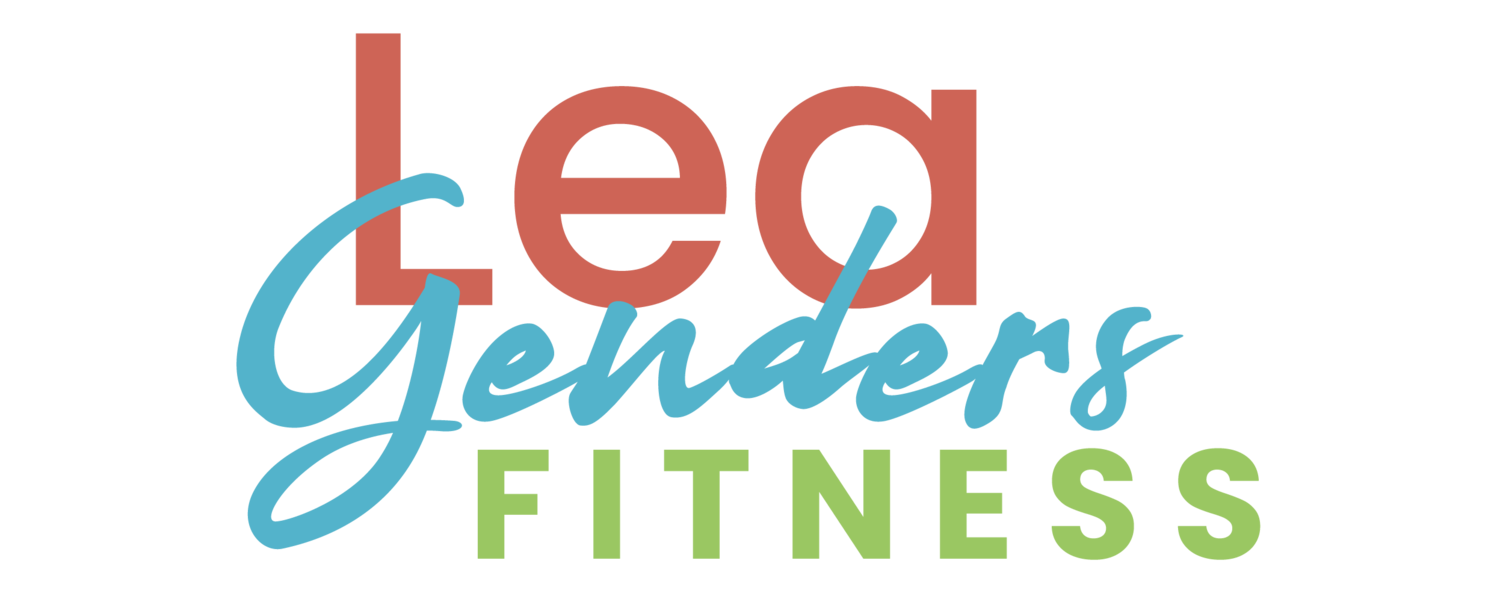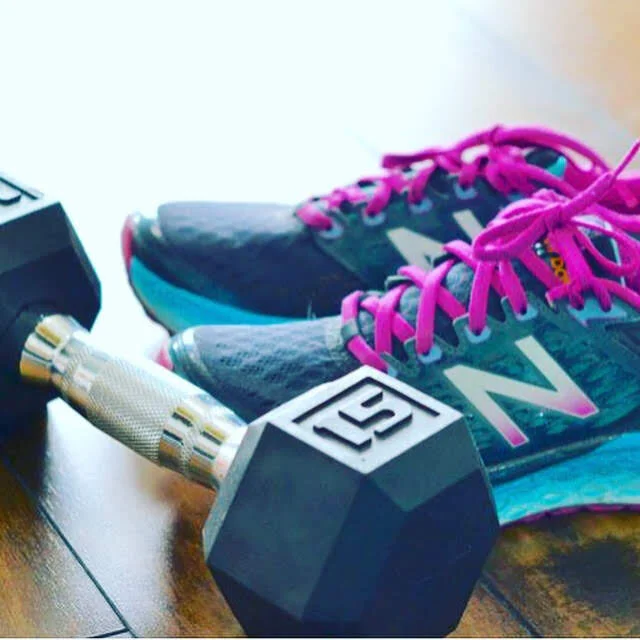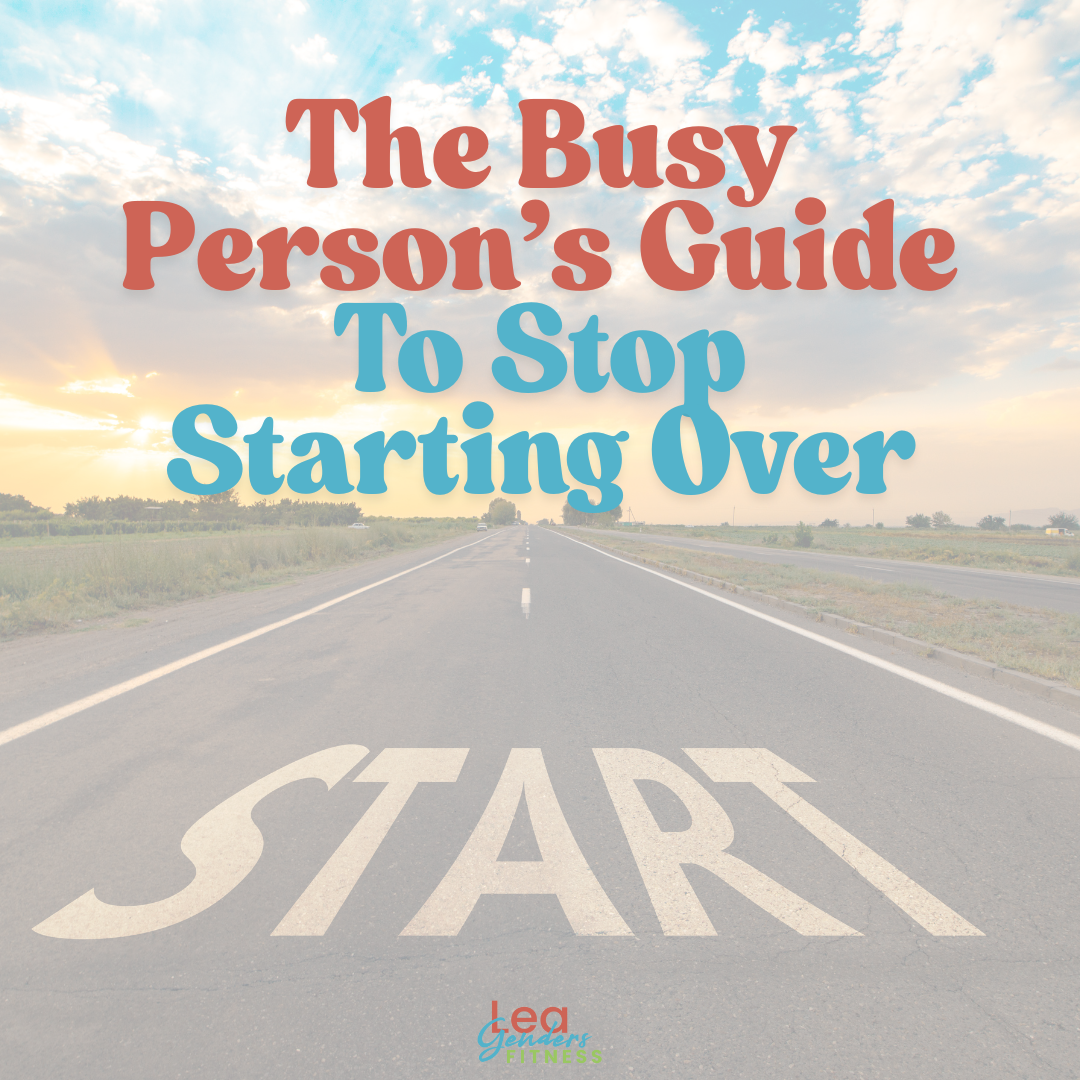Welcome to the latest edition of 52 Healthy habits when each week we talk about a new healthy habit that can be developed and cultivated for an overall healthier lifestyle. I am a big believer in habits, because they are the building blocks of a healthy lifestyle. It's not about willpower or self-discipline (if it was, I'd be in big trouble). It's about developing small habits one at time, slowly over time until your healthy lifestyle is effortless.
It's not about how fast you start, it's how long you stay consistent over time. Too much too soon can lead to overwhelm, burnout and failure. Each week we go in depth on one simple new healthy habit. You can follow along and try my habits or do one that works for you and your lifestyle. The first step is awareness. What is one small thing you can do today that will take you one step closer to your goals?
MEAL PREP
The reason I like meal prep is because it takes the guess work out of your meals. When you plan ahead with healthy meals that you enjoy, you're less likely to feel frazzled and order pizza or takeout after a long day. Strategy trumps willpower. Having a plan in place in advance will make all those meal decisions just a little bit easier.
Meal prep can seem overwhelming at first if you've seen the pictures on Instagram or Facebook of 21 tupperware containers perfectly portioned with grilled chicken, broccoli and rice. That can be an effective way to plan your meals for the week, but realize that it doesn't have to be all-or-nothing. If you're thinking there is no way you can plan 21 meals in advance or eat the same boring thing every day all week, then there is a meal prep plan that will work for you too.
The idea is to make meal prep work for your lifestyle and preferences. Don't try to force something that won't work for your lifestyle. You're probably not a professional bodybuilder or physique competitor, so you don't have to meal prep like one. If you hate chicken and broccoli, then meal prepping chicken and broccoli will never work for you. There are plenty of ways to meal prep the healthy foods you and your family will enjoy. Find what works for you. Start small. Build over time.
This always makes me giggle:
Meal prepping is easy! pic.twitter.com/z6940P2g7T
— Doug The Pug (@itsdougthepug) March 13, 2017
MEAL PREP BREAKFAST IDEAS (THINK OUTSIDE THE DONUT BOX)
I know what it's like. You hit snooze one too many times, your kids won't put on their shoes, your husband can't find his briefcase (or tool bag), the news is reporting an accident on the highway you take to get to work and the kid's school bus is due in 10 minutes. Sounds about right. What about breakfast? Everyone could get a Pop Tart for the road, or with a little planning ahead, you can prepare a few healthy portable options that work within your crazy life.
OVERNIGHT OATS
In small portable jars add 1/3 cup of raw (uncooked) raw oats, 1/3 cup milk, 1/3 cup of plain Greek yogurt. Put in the fridge overnight and let the oats soak up the liquids. In the morning, the topping options are endless, try berries, fruit, ground chia seeds, cinnamon and natural granola or nuts for some healthy crunch.
EGG MUFFINS
Mix together whole eggs or a combo of whole eggs and egg whites (keep in mind that the yolks are healthy), chopped veggies (try tomatoes, peppers, mushrooms, onions, jalapenos, spinach, the possibilities are endless), shredded cheese, protein (turkey bacon or turkey sausage) salt and pepper. Spray a muffin pan with non-stick cooking spray and pour the egg/veggie mixture into the muffin cups until they are about 3/4 full (they will rise a bit in cooking). Pop it in the oven at 350 for 30-35 minutes until the eggs are firm. Refrigerate or freeze until ready to eat. Wrap in a paper towel and microwave them when ready to eat. It's a perfect grab on the go meal. Pair with a banana for a well-rounded breakfast.
HARD BOILED EGGS
If prepping overnight oats or egg muffins still seems like too much, you can simply hard-boil some eggs in advance. A couple of hard-boiled eggs is the perfect portable breakfast on the go. I like to pair with a piece of fruit for a balanced breakfast.
MEAL PREP LUNCH IDEAS (THINK OUTSIDE JACK IN THE BOX)
Work is hectic. Your boss is tough, your co-workers are whiny, your clients are demanding and that deadline is looming. Who has time for lunch? While the vending machine, cafeteria line or fast food drive-through may seem like enticing options so you can scarf down some food and keep working, taking a step away from the computer to have a quick nourishing lunch can actually make you more productive in the afternoon. Packing a healthy lunch in advance will take the guess work out of healthy eating for lunch and get you back to kicking @ss at work a little faster.
JAR SALADS
I wrote more extensively on mason jar salads, so check out my original post for more in-depth ideas. It's easy to prep multiple salads for the week that won't get soggy (I swear!). First cook enough lean meat for the week. I like to grill (or petition hubby to grill) a couple pounds of chicken on Sundays. Start with a large mason jar and pour a serving of healthy dressing in the bottom. Then add veggies, cooked meat (like grilled chicken) and top with spinach or other salad greens. When you're ready to eat, shake it up and pour it into a bowl. Ta-Da. Make five jars on Sunday and eat all week. Because the dressing is on the bottom of the jar, they don't get soggy. Pinky swear.
REGULAR SALADS
Some people just don't believe me when I tell them the mason jar salads don't get soggy. Some people don't want to take the time to make five salads all at once. That is just fine. It's not about what works for me, it's about what works for you. You can still meal prep your salads even if you don't make them all at once. The key is having the protein already cooked and ready to go. Grill two to three pounds of chicken at one time, refrigerate or freeze what you won't use right away. Each evening, chop vegetables and prep your salad for the next day. Bonus points for chopping all the vegetables for the week in advance and just throwing together the salad ingredients the night before.
LEFTOVERS
The easiest way to meal prep for lunch is to make extra portions for dinner and pack your leftovers. It doesn't take much extra time to prepare a couple additional portions, so cook in bulk where possible. When planning your dinner, plan an extra portion or two for tomorrow's lunch.
MEAL PREP DINNER IDEAS (THINK OUTSIDE THE PIZZA BOX)
It's been a long day. You're exhausted. The kids want pizza. Hubby wants pizza. Heck, you kind of want pizza. If you planned ahead you can have a quick healthy meal for the whole family and save the pizza party for a special occasion.
The secret to effective dinner meal prep is to start with meal components: Cook the protein, some brown rice, potatoes or chop some veggies ahead of time. Come dinner time, this will make a huge difference in quickly getting dinner on the table.
CROCK POT MEALS
I am a fan of crock pot meals because the crock pot does all the work while you're going about your day. It can be a simple as adding protein like chicken or turkey, then veggies, potatoes, and black beans, the possibilities are endless. Combine flavors to suit your preferences. We make a big pot full of healthy whole-food ingredients and eat it for dinner and lunch for a few days. If we have a lot left over and get tired of eating the same thing after a couple of days, we freeze it for a later time.
CASSEROLES
Casseroles are a great way to make large portions of a healthy meal to freeze for later. I love this recipe from Slim Sanity for a Chicken and broccoli casserole. I know I kind of poo-poo'd chicken and broccoli in earlier in this post, but if you are going to do chicken and broccoli, this is the way to do it. I love how this recipe adds Greek yogurt and almond milk for a creamy healthy base. Search healthy casseroles on Pinterest for more ideas than you could ever execute. Make ahead of time and freeze for a quick healthy dinner for those hectic work evenings. (Note: evaluate the ingredients of any recipe that claims to be healthy. Look for whole foods ingredients. Just because it says healthy in the title, doesn't necessarily mean that it is healthy.)
HEALTHY MEAL DELIVERY SERVICES
If you are just too busy to do any real meal prep, another option for dinner is one of those meal delivery services. You could choose one that delivers the healthy meals ready to heat and eat or one that delivers all the ingredients in proper portions and the recipe for quick dinner with very little advanced prep needed. It may be a little more expensive than meal planning and shopping for groceries yourself, but it is worth the investment if you honestly can't find the time to meal prep.
I hope I gave you some ideas to start prepping healthy meals. Remember it doesn't have to be all-or-nothing. Start with breakfast, once that becomes a habit, move on to lunch. Once you decide you want to make healthier choices and do a little planning ahead, I think you will find that meal prep can become just another healthy habit in your lifestyle.
Will you give it a try? Let me know how it goes. Have questions? I'd love to help.
Like this post?
It helps me a lot when you share with your friends and followers.






































We often hear about the need for a "holiday survival kit," but just using the word survival suggests the season is something difficult we must simply endure. The truth is, the holidays provide a wonderful chance to build connection and lean into celebration.
This season, avoid the all-or-nothing trap of thinking you must "start over in January." The most lasting success is built by practicing flexibility now. Learn to use the Dial Mindset Method to adjust your effort based on life's reality and the Nutrition Continuum to make small, incremental upgrades to your eating. Your goal is not perfection, but consistency, which leads to confidence and long-term health success beyond the holidays.